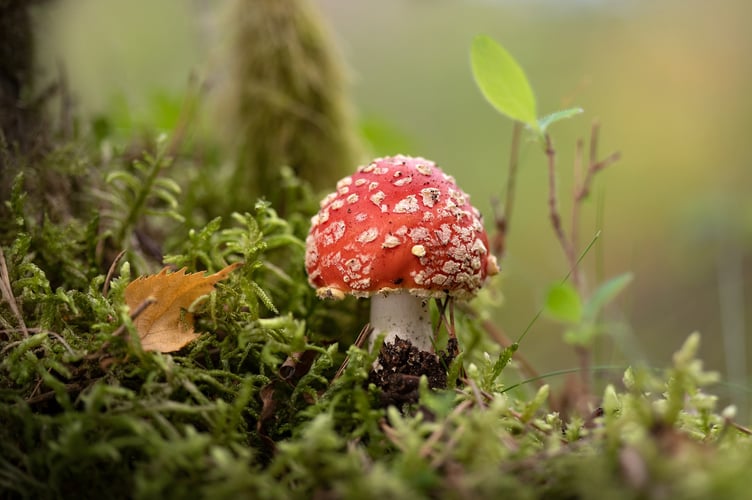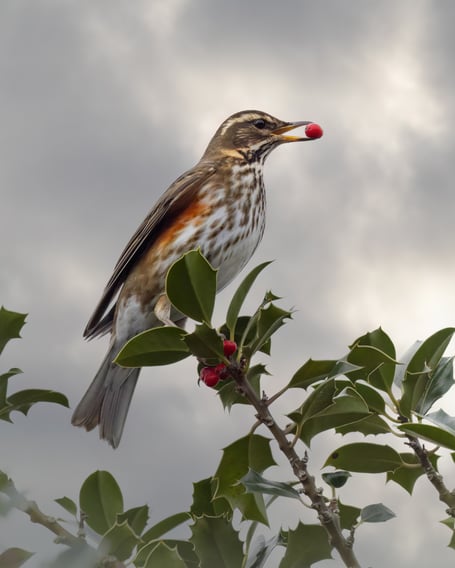
Surrey Wildlife Trust (SWT) regularly brings in schemes to introduce local people of all ages to the wonders of wildlife. The charity has just launched a new phase of its Surrey Species Search programme, first introduced in July.
This time SWT asks people to look for some of the wildlife which typifies our county during autumn. You can use Surrey Species Search in lots of places, such as a garden, woodland, playing field or common.
The scheme is linked to the trust’s specially-designed app, Five2Find, easily downloadable to any smartphone: this helps people record and identify certain species and report their numbers and locations.
Alternatively people can record sightings via the SWT website at www.surreywildlifetrust.org/52find, which also features a short “how to” film and app download links.
It will help SWT to track the fortunes of different species, while encouraging people to appreciate and protect the natural world.
SWT asks us to look out for five species:
Redwing, a small and sociable member of the thrush family. Around a million redwings start to arrive from their Scandinavian breeding grounds in October to take advantage of the plentiful berries and worms found across the UK’s farmland, hedgerows, parks and gardens. They’ll leave us in April.
Muntjac, the UK’s smallest resident deer species. These Labrador-sized creatures are solitary. Their small size and low profile means they can exist close to human habitation and often wreak havoc on vegetable patches!
Rowan, a small, slender native tree. It is often seen in local parks, heaths and woodland edges and can live for up to 200 years. Bright red rowan berries supply crucial autumn sustenance for many species of birds, including blackbirds, redwings and waxwings.
Fly agaric, one of the iconic fungi species. It’s the classic red-and-white toadstool of fairy tales and a magical sight amongst autumnal leaf litter.
Giant house spider, the largest of many similar species which take advantage of our warm, dry homes to find shelter, food and a place to nest. It’s the males we see around our houses on the hunt for a mate. The males mate with their chosen females numerous times until eventually they die, at which point they are eaten by the female. Don’t be afraid though – they can’t hurt people!
The data on sightings of these five species will be fed to the Surrey Biodiversity Information Centre (SBIC), an arm of SWT which enables conservationists to understand the changing distribution and abundance of native plants and animals.
Confirmed sightings of any species can also be reported directly to SBIC via email: [email protected]
SBIC’s data officer, Rob Schwar, commented: “The first phase of Surrey Species Search was a hit this summer, with over 200 records of slow worms, oxeye daises, peacock butterflies, swifts and bats submitted. I hope many more people join the search this autumn.
“With around one-third of Surrey’s species at risk, we need to do all we can to build interest in the natural world and encourage more people to take simple steps to protect it, like phasing out harmful pesticides and using resources more carefully.”
SWT has a campaign, Save Surrey’s Nature, which is halfway towards its target of raising £1 million to halt and reverse this pattern, so we can enjoy the benefits provided by a healthy natural world.
Find out more at www.surreywildlifetrust.org.


.jpeg?width=209&height=140&crop=209:145,smart&quality=75)


Comments
This article has no comments yet. Be the first to leave a comment.